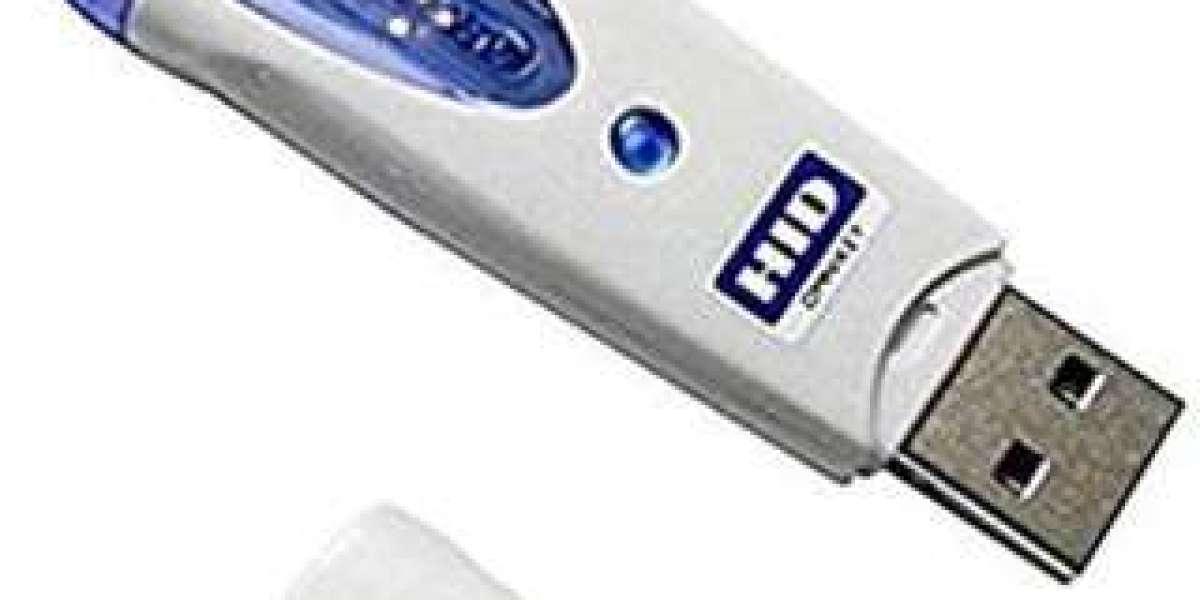In today's fast-paced digital world, card readers have become an essential tool for both personal and professional use. These small, often overlooked devices play a critical role in various transactions and data management tasks. But what exactly are card readers, and why are they so important? Let's dive in.
What is a Card Reader?
A card reader is a device that can read data from different types of cards. The most common types include magnetic stripe cards, chip cards (smart cards), and RFID (radio frequency identification) cards. These cards are often used for banking, identification, access control, and data storage purposes.
Types of Card Readers
Magnetic Stripe Readers: These are commonly seen in point-of-sale (POS) systems in retail stores. They read the magnetic stripe on the back of credit or debit cards, allowing for quick and easy payment processing.
Chip Card Readers: Also known as EMV (Europay, MasterCard, and Visa) readers, these devices read the embedded microchip in modern credit and debit cards. They offer enhanced security features compared to magnetic stripe cards.
RFID/NFC Readers: These readers are used for contactless transactions and data transfer. They are often used in access control systems, public transportation cards, and contactless payment solutions.
Applications of Card Readers
Retail and Hospitality: Card readers are crucial for processing payments quickly and securely. They support various payment methods, including chip, magnetic stripe, and contactless payments.
Banking: ATMs and self-service kiosks use card readers to authenticate users and process transactions.
Access Control: Many organizations use card readers to manage access to secure areas. Employees use ID cards with embedded chips or RFID tags to gain entry.
Data Transfer and Storage: Memory card readers are used to read data from SD cards and other memory cards, commonly used in cameras and smartphones.
Benefits of Using Card Readers
Security: Modern card readers, especially EMV and RFID readers, offer robust security features that protect against fraud and unauthorized access.
Convenience: They streamline transactions and data access, saving time for both businesses and consumers.
Versatility: Card readers can handle a variety of card types and applications, making them a versatile tool in many industries.
Conclusion
Card readers may be small, but their impact is significant. From enabling secure financial transactions to controlling access to restricted areas, they are a key component in the seamless operation of many systems. As technology advances, we can expect card readers to become even more sophisticated, further enhancing their utility and security.
In a world where data security and efficiency are paramount, card readers stand out as indispensable tools. Whether you're a business owner, a tech enthusiast, or someone who simply appreciates the convenience of modern technology, understanding the role and functionality of card readers is essential.







